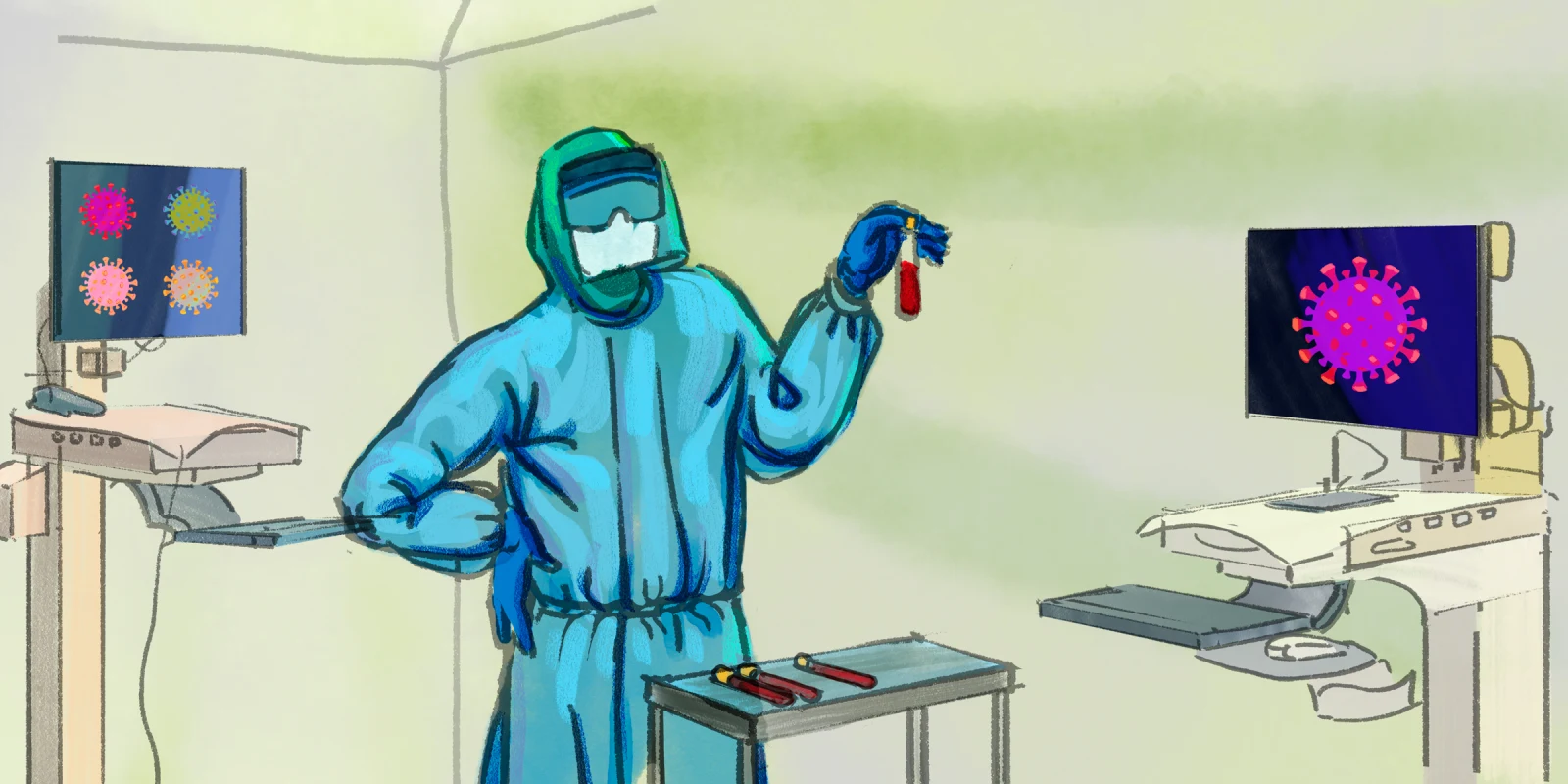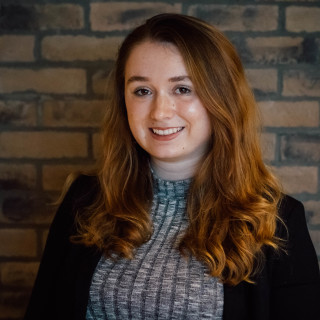When treating patients presenting with novel symptoms, front-line clinicians have to ask themselves an unwanted question: Could this unfamiliar illness be a sign of a new and emerging pathogen? If so, speed is a necessity; clinicians must identify, isolate, and inform in that order because the spread of pathogens can only be contained once they are diagnosed. According to Jonathan Grein, MD, an infectious disease physician and director of hospital epidemiology at Cedars-Sinai Medical Center in Los Angeles, this can prove challenging because these pathogens “can emerge anywhere and they often emerge in areas where we may not have the best surveillance tools available.”
Below, Dr. Grein offers his insight into the role of local clinicians in pandemic preparedness and how public health continues to improve based on learnings from the COVID-19 pandemic.
How Pathogen Surveillance Has Changed in the Past Few Years Following the COVID-19 Pandemic
The mass deaths from the COVID-19 pandemic exposed severe gaps in the nation’s pandemic response network. The pandemic led the HHS and CDC to develop the National Special Pathogen System of Care to close knowledge gaps and improve preparedness for all pandemics, beyond COVID-19. This work relies on improved surveillance and better resources for primary care clinicians to identify novel infections, isolate cases, and inform the public.
“We really have to rely on the clinical judgment of our clinicians,” said Dr. Grein. “The first case [of a special pathogen] that emerges is always going to be exceptionally difficult to identify.” Cedars-Sinai Medical Center, where Dr. Grein practices, is one of 13 U.S. Regional Emerging Special Pathogen Treatment Centers located in large metropolitan areas first created by the National Ebola Training and Education Center (NETEC) that work to maintain the ability of hospitals to safely provide high quality care for patients with special pathogens. Dr. Grein defines these as “low incidence infections that carry high potential consequences for the safety of health care workers as well as for public health.”
Examples of special pathogens include viral hemorrhagic fevers like Ebola, Marburg, and Lassa virus, as well as examples like Nipah virus. These infections carry high mortality rates and can pose safety risks to health care workers and eventually the public if additional precautions are not followed.
The system of identifying, isolating, and informing in a timely manner relies on clinicians keeping up to date with news coming out about emerging pathogens. “It requires our clinicians to be aware of what’s happening in the world and to think about exposures as they’re getting information from a patient,” Dr. Grein explained. “Many of these pathogens present with the same symptoms. The first few days of illness with Ebola can look very much like influenza.” This is why obtaining travel history early in the evaluation of a patient is critical “because it can broaden your differential diagnosis and help clinicians consider less common illnesses when working with a patient,” Dr. Grein said.
What Should Clinicians Do If They Encounter a Patient With a Special Pathogen?
After identifying a suspect case, Dr. Grein explained, patients need to be isolated for testing and treatment. “Once you've identified someone promptly, [clinicians should] make sure they are isolated in a safe way, and then notify the people that need to be involved in the response.” This includes their infection prevention team and local public health department. “If [after evaluation] it is thought that somebody may have an emerging pathogen, that is what would trigger the next chain of events, which would likely involve getting lab specimens for testing.”
Once the special pathogen is identified, partners like local public health departments and the CDC can begin to disseminate information to both clinicians and the general public about exposures. “The CDC is our most consistent, reliable source of information,” Dr. Grein said. He also recommends the WHO and ProMed for additional sources of information in a rapidly changing environment.
What Are Pandemic Preparedness Organizations Doing to Prevent the Next Pandemic?
The most well-known organization working on pandemic preparedness and special pathogen containment in the U.S. is the aforementioned NETEC. While it was first established to prevent the spread of Ebola virus in the U.S. during the West African Ebola outbreak in 2015, its work has since expanded to increase the capabilities of the U.S. public health infrastructure to prevent outbreaks through educational materials and courses, consultation services, and technical assistance. In 2022, over 10,000 clinicians received special pathogen training via NETEC through free online courses, training webinars, and informational podcasts.
Additionally, the CDC is taking measured efforts to monitor for special pathogens, ensuring no cases slip through the cracks. “The CDC does make an active effort in many countries across the world to have resources available to be able to help support that surveillance,” Dr. Grein said. “It can be very challenging, and so certainly more resources need to be put into this, but I think we're headed in the right direction.”
Dr. Grein has found that health care professionals have learned significant lessons from the COVID-19 pandemic that will be essential in preventing spread of special pathogens.
“The COVID pandemic taught us how to work well together, how to collaborate to work through supply chain challenges, staffing challenges, and how to work with our communications colleagues. And that type of networking across organizations is essential for special pathogens work,” Dr. Grein said. “[The pandemic] made apparent the importance of infection prevention. It's given our health care workers experience with expanded use of PPE that maybe they weren't used to before, [and it’s those] health care workers who really created engagement [among clinical staff] in preparing for this work. And those are the people that we bring into our team to respond to the next event.”
Illustration by Jennifer Bogartz







